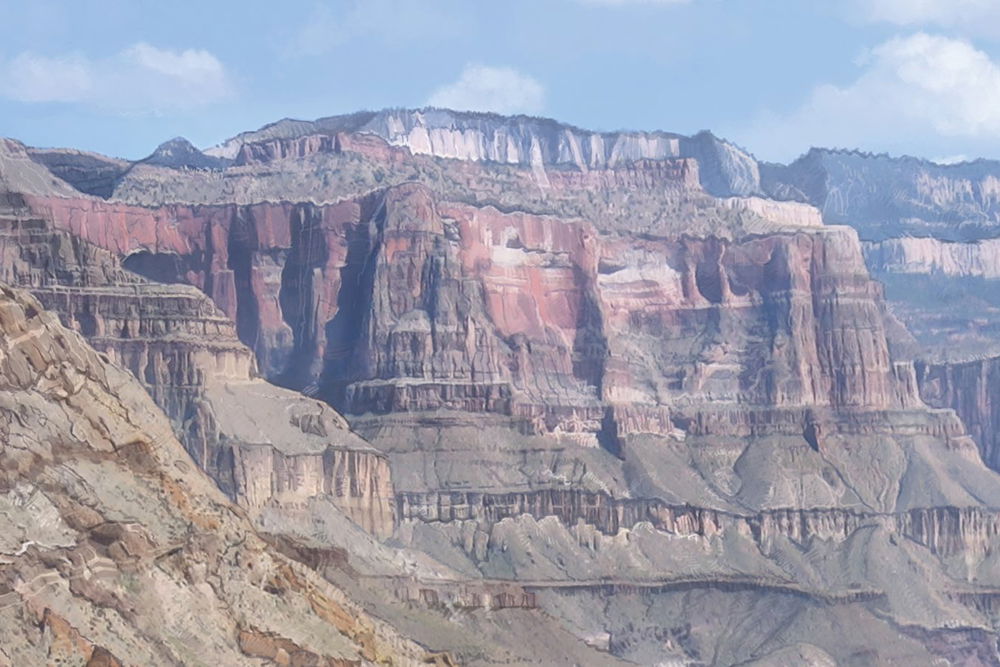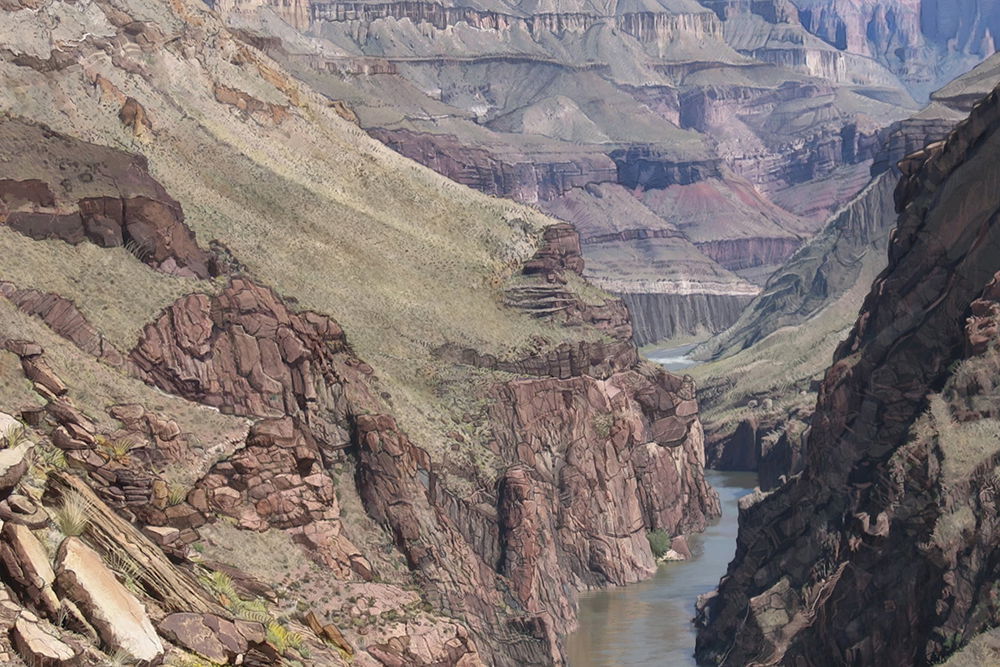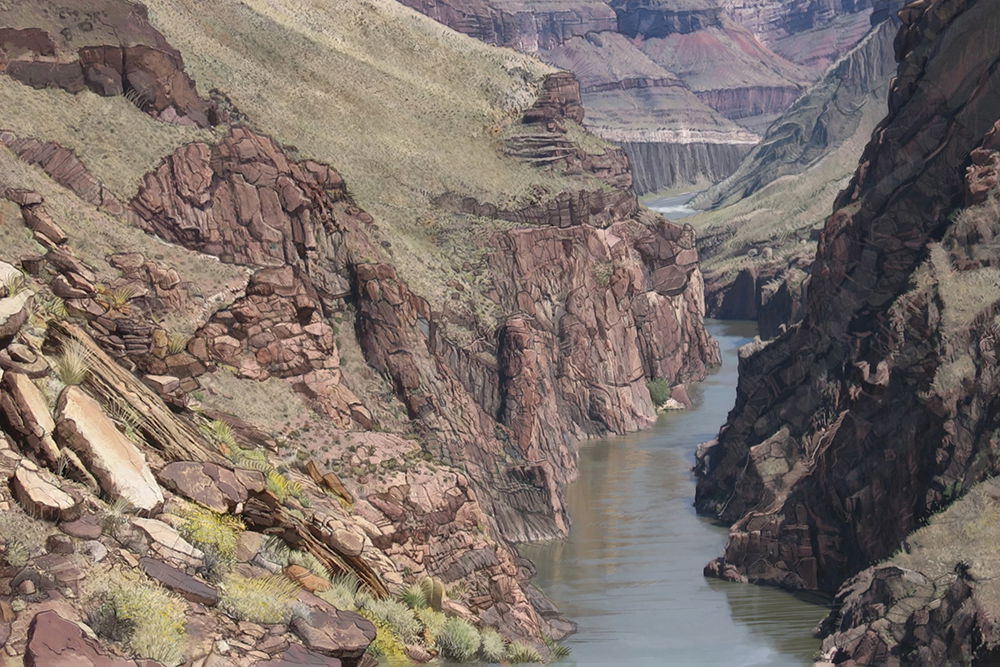How Was the Famous Grand Canyon Formed?
by Ark Encounter on February 6, 2025Popular models of canyon formation explain that relatively small amounts of water cut them out over long periods of time through slow and gradual processes. However, we have observed many canyons formed by large amounts of water in days rather than eons.
So how can we tell how the Grand Canyon was formed?
Vertical Walls
The high vertical walls of many canyons show that they were carved quickly. If they were cut slowly over long periods of time, the walls would be sloped due to years of erosional forces.

Lack of Talus Deposits
Many canyons have small amounts of debris, called talus, at the base of their cliffs. Over millions of years, large amounts of talus would have been accumulated. The lack of talus signifies that the debris was carried away as the canyon was rapidly carved by a larger volume of water than what currently flows through it.

Scale of River to Canyon
Most canyons are many times wider than the river that flows through their base. This indicates that the amount of water responsible for cutting through the rocks was much greater than the current flow.

Evidence of the Global Flood
How do we know the flood of Noah’s day covered the whole earth? Dr. Tim Chaffey explains more in the video below.
To learn more about how the global flood of Noah’s day helped form the Grand Canyon and more, start planning your visit to the Ark Encounter today!